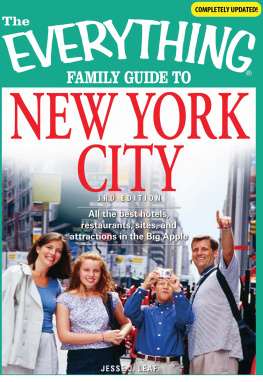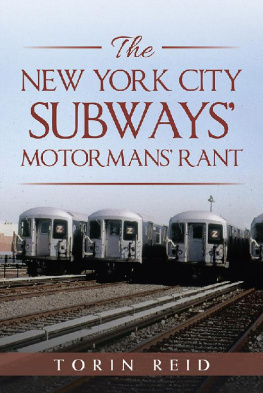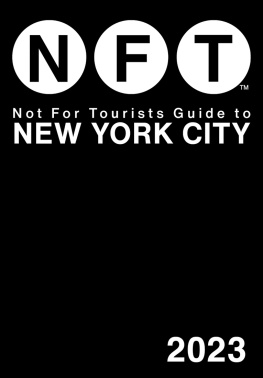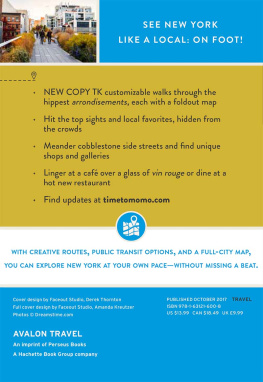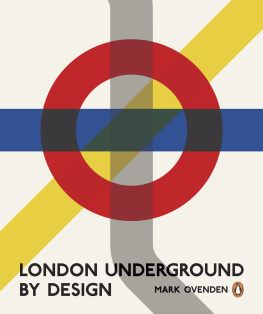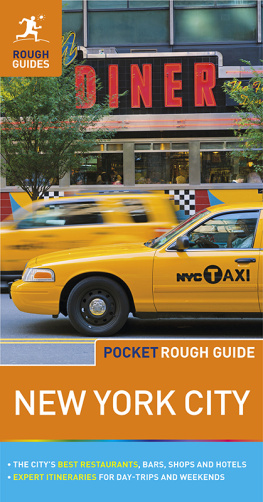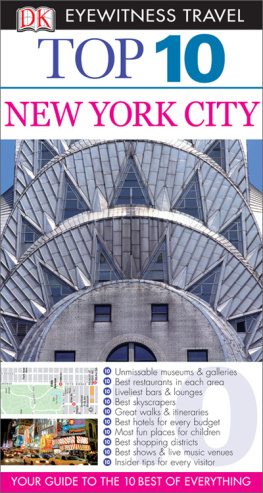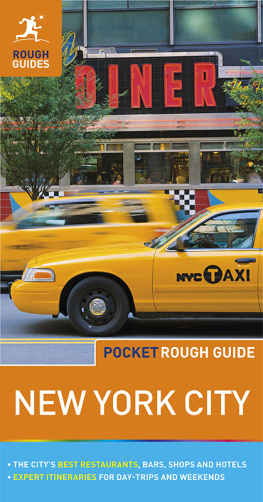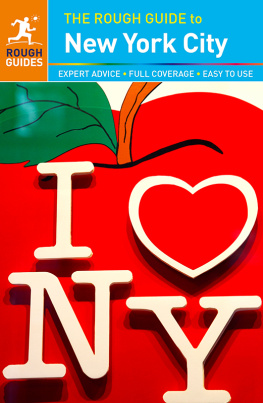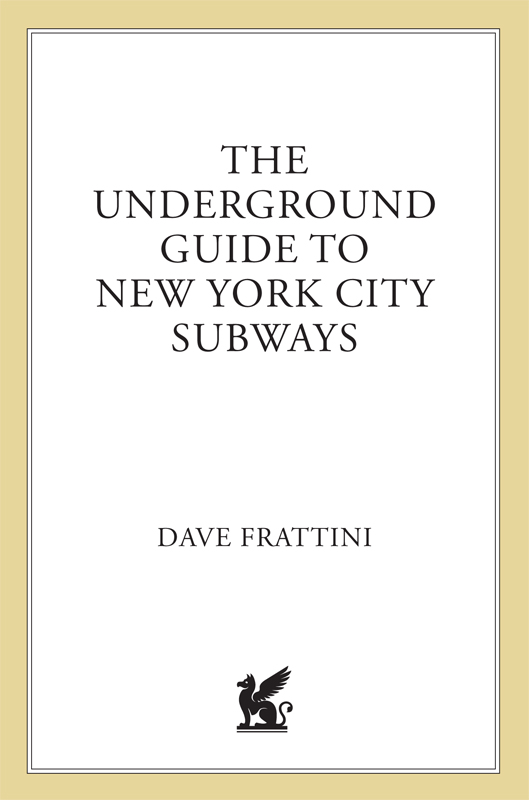Contents
Guide

The author and publisher have provided this e-book to you for your personal use only. You may not make this e-book publicly available in any way. Copyright infringement is against the law. If you believe the copy of this e-book you are reading infringes on the authors copyright, please notify the publisher at: us.macmillanusa.com/piracy.
Contents
Dedication
To my two favorite dudes, Kerri and P.J.Thanks for all your love and support over the years. Later. Say hi to Spoot for me.
I truly wish I could cite the people who helped me compile all of my information, but since I did everything myself, let me take this time to heartily pat myself on the butt. Moral of the Story: If you want something done right, do it yourself!
Special knowledge goin out to people who I think are kewl: Wild Willy, Tony188, Latrell Sprewell, Larry Johnson, Trent Dilfer, Trevor Hoffman, Albert Belle, Dylan McKay, Duce Staley, Warren Sapp, Mike Alstott, Kid Rock, Ice Cube, Hideki Irabu, David Wells, Jari Kurri, Duff, Stanford Dave, Shaun King, Warrick Dunn, Chid Ahanotu, Theo Fleury, Steve Yzerman, Morissey, and Johnny Rotten.
The hotties on the U.S. Womens Soccer Team, the girl in the Steal My Sunshine video, Christy Turlington, Claire Danes and all the chicks who surf: Yall are slammin!!
SANTA CLARA BRONCOS ROCK DA HOUSE!!!
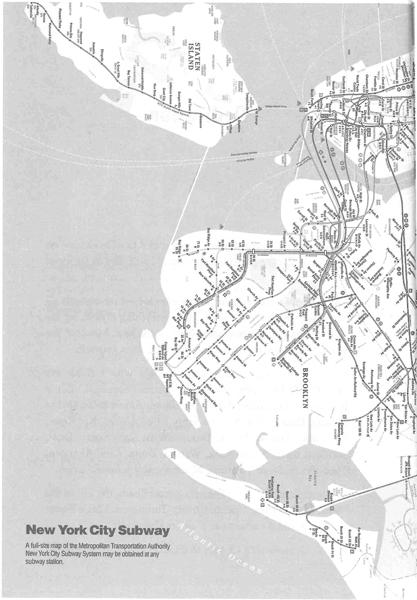
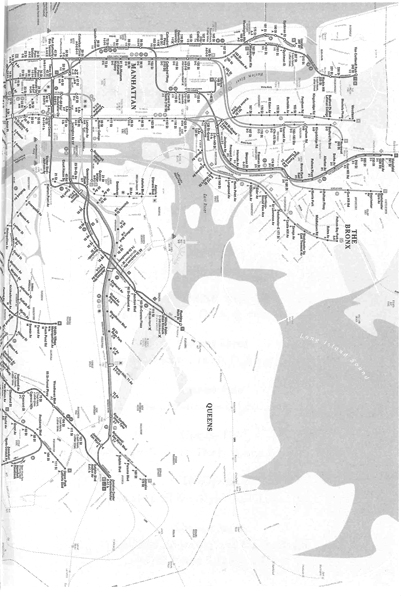
CHAPTER ONE
The Introductions
SUBWAY 101: THE ORIENTATION
Welcome to my Avalon. A glorious dimension where the pearly gates are centered by a tarnished turnstile, and St. Peter comes in the form of a gruff token clerk named Maury. A wondrous place where the stairway to heaven is often malfunctioning, and the divine ascent must be taken via grimy-banistered stairwells. A paradise only the slightly twisted could enjoy. But for all of its obvious shortcomings, there is no place so sacred to millions of natives as the hallowed railways that embody the New York City subway system.
Fact is, these metallic elephants serve as flowing arteries twenty-four hours a day, seven days a week, for a city that never sleeps. Even the complicated maps, with their overflow of colors and curves, resemble a Crayola-configured cardiovascular chart. And to dissect and dispel the mystery, you need a highly qualified surgeon to scope and explore every nook and cranny of the grand and sometimes intimidating system. From the friendly confines of 34th Street-Herald Square to the tumultuous enclaves of Franklin Avenue in Bedford-Stuyvesant, this voyage will uncover it all. A journey so involved and so complex that it is worthy of the ultimate label: extreme. Sure it takes balls to bungee jump, snowboard, or hang glide, but it all seems like childs play when compared to negotiating the treacherous reaches of a dimly lit subway station in the eerie night of Bushwick, Brooklyn. Now if thats not worthy of coverage on ESPNs X-Games, I dont know what is. So grab your miners hat, pop some creatine, and prepare to join me on the most spine-tingling adventure ever attempted since sitting through a full episode of The Jenny McCarthy Show. In the immortal words of New York Jets wide receiver Keyshawn Johnson, Gimme the damn ball!
Historical Primer: Just the Facts, Maam
Now, before this journey of immense proportions is undertaken, we need to provide a brief yet thorough history of the subject. If you tried to surf the Banzai Pipeline without knowing where the reef lay, you would emerge from the sea with your chest doubling for a big, hairy chunk of Swiss cheese. By the same token (no pun intended), I dont want to feel responsible for some drooling neophyte staggering through Harlem, penniless and clueless. Unlike the crumpled Walkman pamphlets that implore you to Read prior to use, this section should be digested in the comfort of your easy chair, before you set foot underground. Your life and well-being are hanging in the balance! (Dramatic sigh.)
The Beginnings
October 27, 1904. A day forever etched into the graffiti-marred mind of any transit buff. At approximately 9:00 A.M . on that brisk fall morning, the first subway rolled out of the City Hall station for the inaugural journey up to 145th Street in Harlem. With New York mayor George McClellan at the controls, a new era in rapid transit was born. Sure there were trolleys that had toiled above ground in Brooklyn and Manhattan since the middle of the 1800s, but this was the real deal, the subterranean sandblasters. Trolleys are to subways what San Francisco is to New York. Dont get me wrong, Frisco is a smashing city in its own right, but the residents idea of football tailgate food is crusty sourdough and Pinot Grigio. Need I say more?
Anyhow, if success is measured in swarming crowds and near-riot situations, the initial underground jaunt was a bona fide hit. When service opened to the public later on that night, crowds over 160,000 strong jammed into the IRT to experience the promise of going from City Hall to Harlem in a scant fifteen minutes. If todays rush-hour cram makes you dizzy, imagine the sight of SWAT-garbed policemen beating away the masses with nightsticks as they broke through the turnstiles with the same vengeance as thousands of angry sledgehammers slamming down the Berlin Wall. Two days later, on October 29, the initial fare was set at five cents a ride. This exorbitant amount did nothing to deter the rail-starved public. Dense conditions continued to be the norm as the underground novelty lasted for months upon months.
Expansion continued, and by the summer of 1905, there were six additional branches of subway in operation. But as the warmer weather approached, one problem begged to be addressedthe Transit Authoritys questionable claim of underground air PURER THAN YOUR OWN HOME. By hiring Columbia University faculty member C. F. Chandler to conduct a fabricated study of the below-street atmosphere, the T.A. assumed that all fears about the oxygen quality would be squelched. However, when the asphalt-coated tunnels heated up to well over one hundred degrees, the demand for proper ventilating systems was screamed loud and clear. In stark contrast to todays sometimes lead-footed Transit Authority, the IRT engineers acted quickly and efficiently in installing ventilating chambers along the line to allow the stale, arid air to escape while allowing fresh, preozone-era gusts to refresh the perspiring crowds. Facing predictable start-up problems from minor nuisances to major catastrophes such as the air-compressor explosion underneath the East River in 1905, financier August Belmonts brainchild, the IRT, flourished and continued to develop into what is todays 7th Avenue Local, made up of the 1, 2, 3, and 9 trains. By 1906, the IRT had expanded into The Bronx, establishing what is known as the 4, 5, and 6 Lines. It wasnt until 1915 that the section of track going from Grand Central Station to Vernon Avenue in Queens was complete, kicking off service on everybodys favorite purple-patterned subway line, the good-old 7 Train.
Second Child: The BMT (Brooklyn-Manhattan Transit)
While the IRT set the stage with a crude, workmanlike rolling fleet, the BMT aspired to pick up some of the stylish slack left behind. With fancy mint-and-white lighting, red-leather seats, and cars with names like Bluebird and Green Hornet, the BMT seemed to come straight out of a Saturday Morning cartoon. While compiling facts on the history of this line, I detected an air of arrogance and elitism. It turns out that my impulses were correct, for the original purpose of the BMT was to shuttle the rich and privileged to the faraway lap of luxury by the shore. The extravagant resort village of Coney Island. It is quite hard to fathom that Coney Island was once a playground worthy of a Robin Leach visit, but in the early 1900s it was the place to be seen. Today, Id be hard-pressed to walk around Surf Avenue at night without an M-16 under my coat, but for the sake of history, lets go back to an earlier time.


